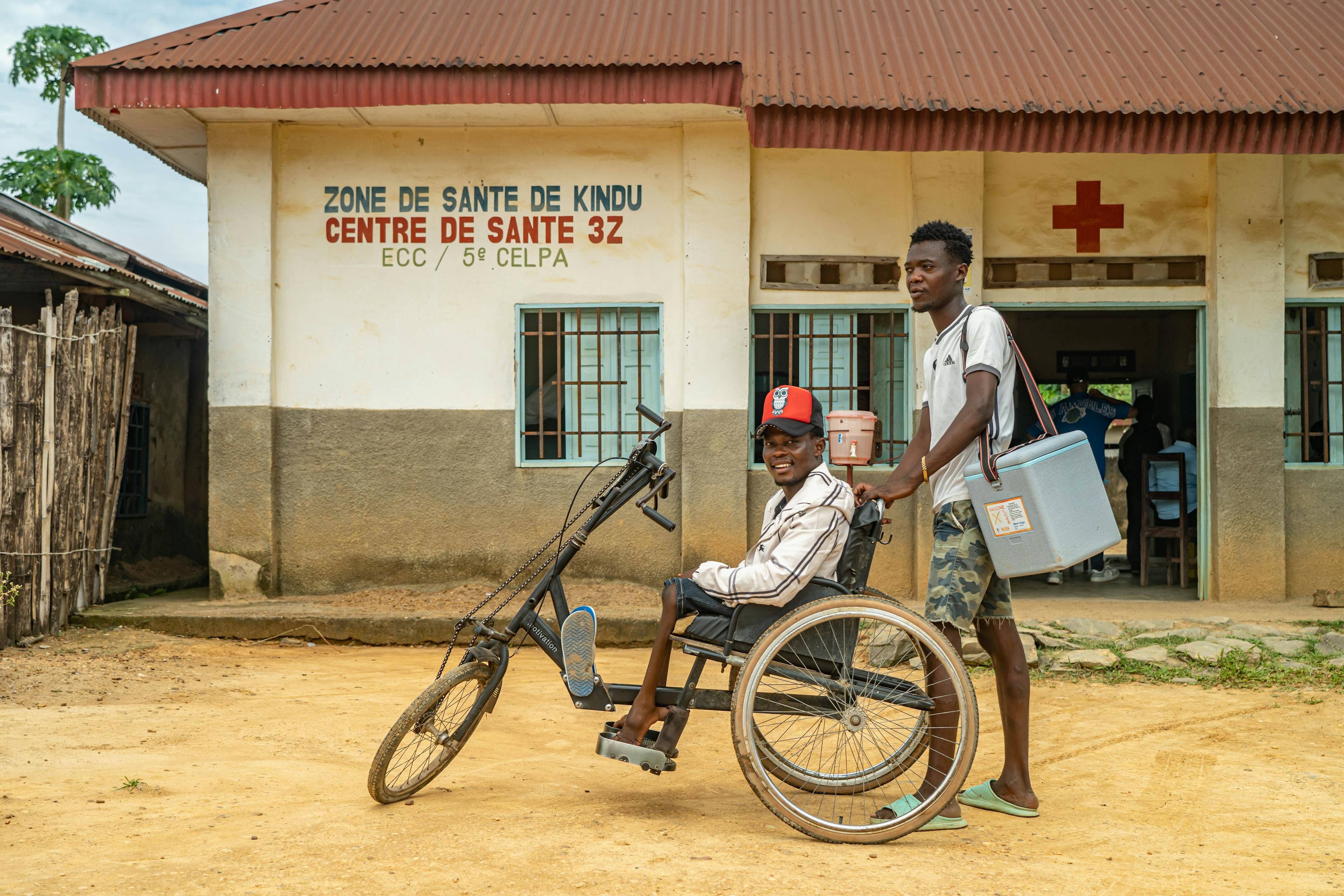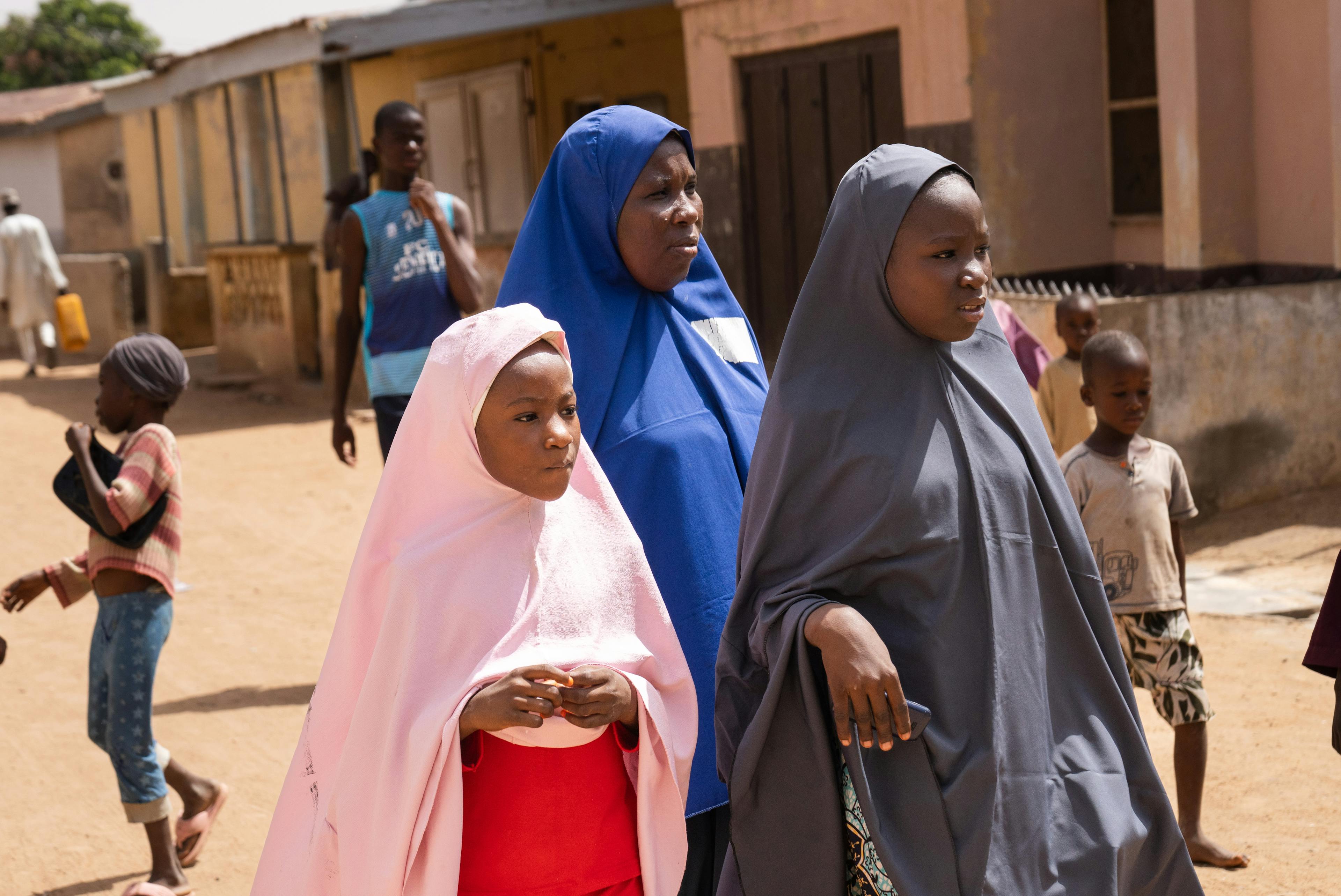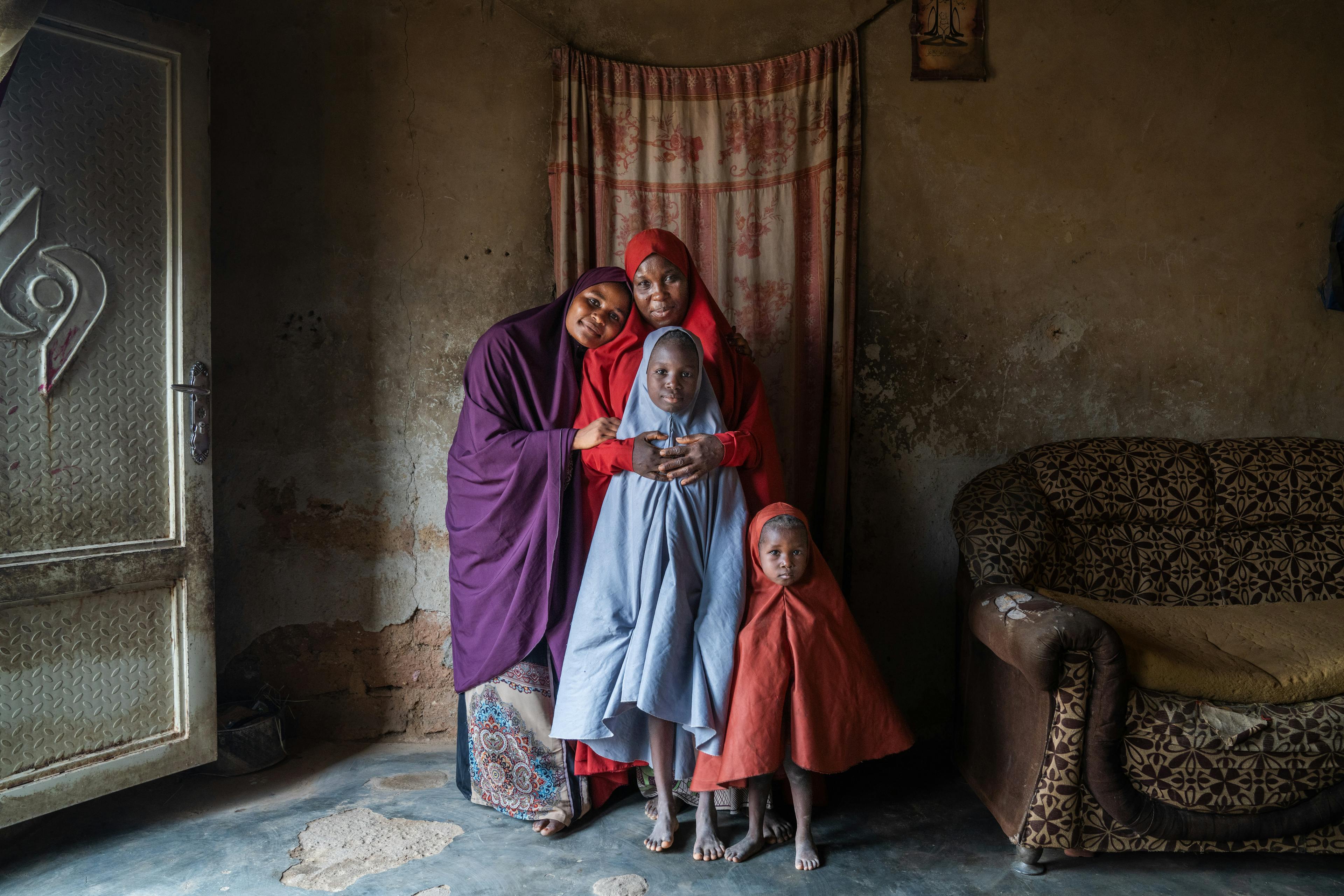
The Good News - April Edition, World Immunisation Week
Home
Stories
The Good News - April Edition, World Immunisation Week
In the countries where we run comprehensive immunisation programmes, UNICEF fills the gap of comprehensive public-healthcare access to vaccines. Many of these regions have incredibly high numbers of kids and families living well under the poverty line. Access to public health and safety facilities are limited - things well-resourced countries like Aotearoa don’t have to worry about. There’s also severe lack of access to clean and safe water, sanitation facilities and nutritious food, all of which compromise children’s immunity. The risk of contracting fatal illnesses are extremely high in these contexts and vaccines are the most trusted line of defence against these.
And yet, with growing misinformation around immunisations, global funding cuts, and socio-political conflicts, reaching vulnerable kids with vaccines is getting more complicated.
But there is some really good news!
Below are some amazing stories of community heroes supported by UNICEF, who are educating families around the life-saving impact of polio, measles and HPV vaccines. They also are trained in administering them, and they have some powerful stories to tell. Sometimes heroes don’t wear red or blue, but rather cyan!
Democratic Republic of Congo
Meet Rajabu Vambise, a 28-year-old polio survivor and UNICEF-supported community worker from Kindu, Maniema province.
Rajabu contracted polio at the age of two and lost the use of his legs. His parents were opposed to vaccination, but back then they didn’t know how greatly this would affect their son’s life forever.
Despite these unthinkable hardships, Rajabu became an example of resilience by succeeding in his law studies and becoming a community worker. Today, he’s raising awareness among parents in his community about the importance of vaccinations. Eventhough he is confined to a wheelchair, he travels around administering the polio vaccine to kids. He has become a Cyan hero in the fight against polio.

Key Facts About Polio
· Of the 541 children affected by polio globally in 2023, 85 per cent live in the 31 fragile, conflict-affected, and vulnerable countries.
· Together with partners we’ve eliminated 99.9% of polio.
· We vaccinate over 400 million children each year.
· Since 1988, 3 billion children have been immunised against polio and 20 million people are walking today who would have otherwise been paralyzed by polio.
“My motivation comes from my compassion for the population, because there is too much suffering,” Rajabu Vambise
Nigeria
This is Binta Salisu, a 42-year-old mum who works as a Volunteer Community Mobilizer (VCM) in the Katsina, Nigeria region. Her role is informing and educating community members about the importance of routine immunisation including the human papillomavirus (HPV) vaccine. Salisu, tragically lost her mother to cervical cancer several years ago and has made it her mission to educate her community on prevention of the disease.
HPV, is the main contributing factor to women getting cervical cancer. It’s also one of the most common sexually transmitted infections globally. The global prevalence of HPV is 11-12% in women and in Sub-Saharan Africa it’s notably higher, often exceeding 20%. Studies suggest that around 23-25% of women in Nigeria are infected with HPV at any given time. Cervical cancer, is the third most common cancer and the second leading cause of cancer-related deaths among Nigerian women aged 15 to 44.
To combat this, a comprehensive HPV vaccination campaign was launched in Nigeria, reaching 7.7 million girls aged 9 to 14. The initiative is supported by local advocacy and strategic outreach programmes, all aimed reducing the prevalence of the STI and the associated cervical cancer burden. It complements additional services and programmes that UNICEF will be implementing that aims to empower girls and provide them with holistic support and services.

Key Facts about HPV and Cervical Cancer
· More than 95% of cervical cancer cases are caused by HPV.
· Currently, 145 countries (out of 194) have already integrated HPV vaccines into their routine immunization schedules.
· In the African region, which has the highest cervical cancer burden in the world, HPV vaccine coverage nearly doubled between 2020 and 2023 from 21 per cent to 40 per cent, reflecting a concerted global effort towards eliminating cervical cancer.
· Women and girls in the world’s poorest countries are most at risk. Cervical cancer has an overwhelmingly disproportionate impact on the health and well-being of women and girls in low- and middle-income countries, reflecting deep global inequities.
· Of the estimated cervical cancer deaths in 2022, over 90 per cent took place in low- and middle-income countries. Sub-Saharan Africa, Central America and South-East Asia have the highest rates of cervical cancer deaths.

Kyrgyzstan
For more than 36 years, medical nurse Jiydegul Rysbaeva has travelled on horseback across the Jon-Bulak Valley, Kyrgyzstan. She delivers lifesaving vaccines and care to children and families in 41 farmsteads across the region. As a Nanna to eight grandchildren, Jiydegul knows the importance of immunisation to protect children from deadly disease including measles.
In winter, snow in the Jon-Bulak valley can reach 50-60 cm. If children, the elderly, or pregnant women fall ill, the harsh conditions pose a huge threat to them getting the medical attention they may need. Homesteads and farms are also very far apart often between 3-7 kilometres. In Spring, even though the weather is better, there are heavy water flows and Jiydegul has to cross rivers on horseback to reach families.
Since vaccines need to be stored properly, she carries two thermoses—one for ice, one for vaccines. There is also a time pressure as she has to complete her rounds before the vaccines expire. Her husband is a huge support for her doing her job and assists with her missions.
Her visits to families often include educating parents about the benefits of vaccines, especially measles. This includes sharing with them what to expect once a vaccine has been administered.

Key Facts about Measles
· The measles vaccine has protected more people than any other vaccine in the Expanded Programme on Immunization (EPI). Nearly 94 million of the estimated 154 million lives saved since 1974 were a result of protection by measles vaccines.
· Measles-containing vaccines account for the second largest share of UNICEF’s total vaccine deliveries globally.
· Unfortunately, the number of measles cases has been increasing year on year since 2021. These cases reached an estimated 10.3 million in 2023, a 20% increase compared to 2022. This tracks with reductions in immunisation coverage that occurred during and since the COVID-19 pandemic in many communities.
· Over the last five years, measles outbreaks have hit 103 countries – home to roughly three quarters of the world’s infants. Low vaccine coverage (80% or less) was a significant factor.
· In contrast, 91 countries with strong measles vaccine coverage did not experience outbreaks.
· Most measles-unvaccinated children reside in the African Region, followed by the Eastern Mediterranean and South-East Asia regions.
“When children receive vaccines, they might feel unwell for up to three days. The injection site may hurt, they might cry, have a fever, or lose their appetite. Parents often get very worried, thinking it's a negative reaction. But in fact, this is part of the body’s response to the vaccine and helps prevent disease. Every child's future is in the hands of their parents. Some parents ask, "When should we get vaccinated?" Others try to avoid it. To those parents, I say: don’t neglect your child’s health. Unvaccinated children get sick," Jiydegul Rysbaeva
We’ve been protecting children and their families for 79 years, and vaccines have been an integral part of these life-saving efforts.
Head to the link below to support us, and the Cyan heroes we work with across the world, in the delivery of life-saving immunisations.